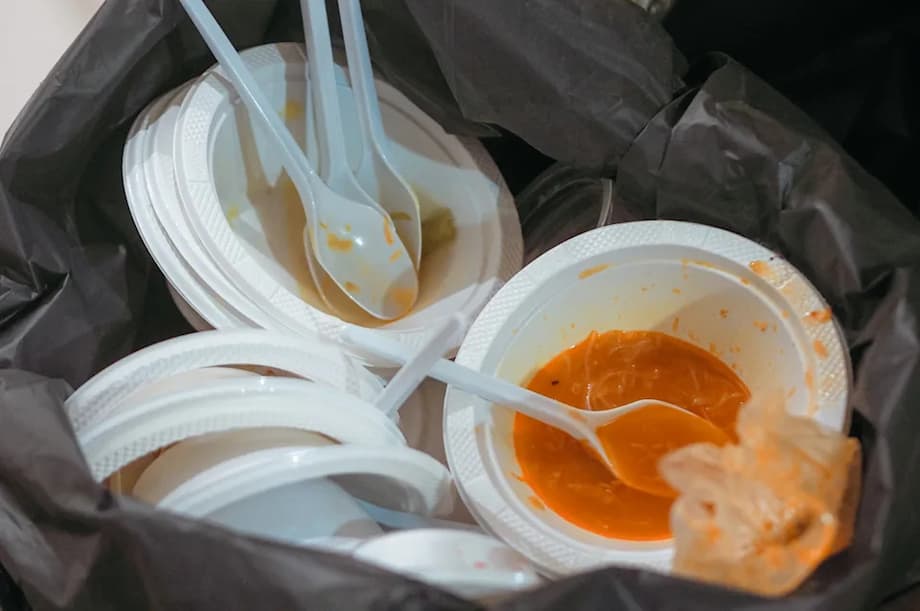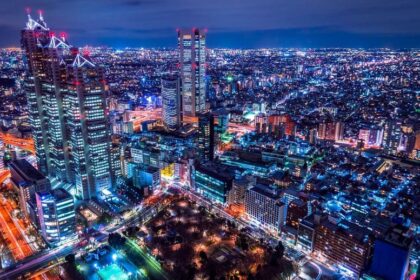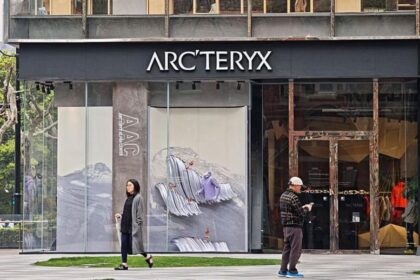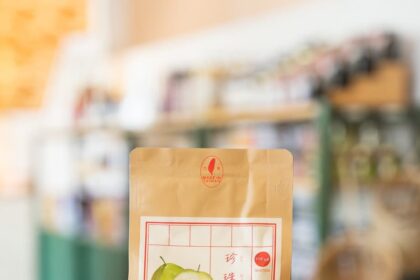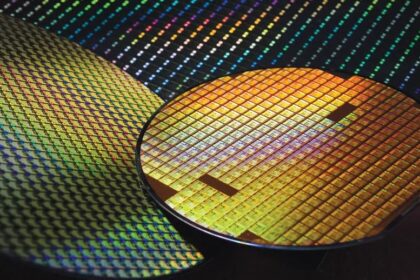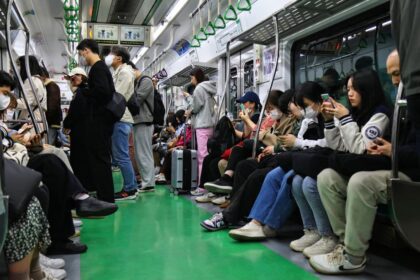A fresh push to turn food packaging into high quality plastic again
Plastic containers, snack wrappers, and multilayer packaging are a daily convenience that often end up as waste. A China based recycler, Remo Environmental Protection, is drawing fresh attention to what that stream can become. The company, founded in 2015, has secured new funding led by Ingka Investments, the investment arm of Ingka Group, the largest IKEA retailer, with continued support from Japanese materials company Asahi Kasei. The financing is aimed at scaling production capacity, improving technology, and expanding into overseas markets where brand owners seek reliable supply of food grade recycled plastics.
- A fresh push to turn food packaging into high quality plastic again
- What Remo does differently
- Why this matters for China and the world
- Investor voices and strategic intent
- From trash to parts, packaging and textiles
- How traceability builds buyer confidence
- Challenges that still slow progress
- Expansion plans and what to watch
- Key Points
Remo’s pitch is simple to state and hard to achieve. The company says it can take common packaging waste, mainly polypropylene (PP) and polyethylene (PE), and turn it into recycled pellets that match the performance of virgin plastic in demanding uses. Its products have passed food contact safety testing, including certification from the U.S. Food and Drug Administration, which opens the door for use in items like food trays, caps, closures, and inner layers of flexible packaging. The company already supplies materials to customers in Europe, the United States, and Japan, and it plans to set up branches overseas to be closer to clients and regulators.
This deal arrives as consumer brands commit to higher recycled content in packaging and as regulators raise the bar for quality and traceability. Food grade recycled PP and PE are in tight supply worldwide. If Remo can deliver consistent volumes that meet strict safety and performance standards, it could help shift more packaging from a one time use toward true circular use.
What Remo does differently
Remo focuses on what many in industry call physical or mechanical recycling. Instead of breaking plastic down to chemical building blocks, the company upgrades plastic through careful sorting, deep cleaning, and melt filtration. The goal is to remove contaminants and stabilize the polymer so the recycled material behaves like new plastic in processing and daily use. That requires control over every link in the chain, from incoming feedstock to final pellet quality.
Inside the process
The company sources mainly polyolefin packaging waste, such as PP and PE from takeout containers, film, and rigid trays. This waste stream is hard to process because it is often mixed, contains food residues, and picks up dyes, labels, and other additives. Remo uses automated sorting that can distinguish different polymers and grades of PP and PE. Sorting systems in advanced plants typically rely on near infrared sensors and computer vision to separate materials by type and color.
After sorting comes deep cleaning to remove food residues, inks, and odors. Melt filtration then screens out fine particles as the plastic is melted and extruded. The company also describes the use of a digital quality traceability system, which links batches of incoming waste to lots of finished pellets. That kind of traceability helps customers document compliance and identify sources of any defects down the line.
Food grade standards and safety
Food contact safety is a high bar for recycled plastics. The material must be free of contaminants above strict thresholds, and the process must include controls that prevent unknown substances from entering the stream. Remo reports that its PP and PE have passed U.S. FDA food contact certification. It also cites compliance with European restrictions on hazardous substances, known as RoHS, which are often relevant for electronics and toys where materials face strict limits on heavy metals and certain flame retardants.
The health case for better recycling is clear. Poorly processed materials can contain impurities that weaken performance and shed microplastics faster during use. By improving sorting and filtration, and by verifying purity with repeatable testing, recyclers can deliver materials that last longer, meet safety rules, and reduce unwanted fragments in the environment.
Why this matters for China and the world
China generates a massive flow of plastic packaging waste from takeout meals, e commerce, and consumer goods. After China restricted imports of foreign waste several years ago, the focus shifted to handling domestic waste at higher standards. The recycling industry, however, has long been fragmented, with many small operators and uneven quality. That has limited the use of recycled material in products that require consistent performance and certifications.
Companies like Remo are trying to change that picture by building end to end systems designed for quality and traceability. Their approach targets a market that is growing fast. Industry forecasts suggest recycled plastic products could reach a value on the order of 174 billion dollars by 2030, with China expected to account for a large share. Brand owners need high quality recycled PP and PE to meet their own public targets and to keep pace with rules in markets where they sell goods.
Policy is a strong driver. The European Union requires minimum recycled content in beverage bottles and is debating broader packaging content rules by 2030. Several U.S. states have set recycled content or extended producer responsibility requirements. Large brands including IKEA, beverage companies, and apparel makers have public goals to boost recycled content across product lines. That combination of policy and corporate demand is pushing the market toward higher quality, certified recycled materials that can go into food packaging, toys, electronics housings, and auto parts.
Investor voices and strategic intent
Backing from Ingka Investments brings both capital and a clear signal that large retailers want secure access to high quality recycled materials. Ingka Group, the largest IKEA retailer, has made circular production and materials a core part of its climate and resource strategy. The fresh funding is paired with continued support from Asahi Kasei, a Japanese chemicals and materials group that has experience in plastics and advanced filtration technologies.
Lukas Visser, head of circular investments at Ingka Group, framed the move as a way to grow impact beyond one company’s needs and to speed up market change.
We hope to further expand this influence through this investment, help solve the global plastic waste problem, and promote the transformation to a circular economy.
Pontus Erntell, president and chief sustainability officer of IKEA China, described the investment as part of a long term effort to build circular systems inside and outside IKEA’s direct footprint.
To continuously meet the needs of current and future generations of consumers, we have both the responsibility and the opportunity to lead the accelerated transformation of the circular economy outside the IKEA system.
For investors, the draw is a large addressable market, growing policy pressure for recycled content, and a shortage of food grade recycled PP and PE. For brands, the draw is supply security, verified quality, and a route to hit public commitments without sacrificing product performance or safety.
From trash to parts, packaging and textiles
High quality recycled PP and PE can go into many products. In packaging, uses include food trays, closures, films, and protective caps. In consumer goods, recycled polyolefins can replace virgin resin in storage boxes, toys, and household items. In autos, recycled PP is common in interior trim, battery trays, and under the hood components where heat and impact resistance matter. The same is true for certain textile applications where PP fibers are used in nonwovens and performance fabrics.
The key is consistency. If a recycled pellet melts, flows, and cools with the same behavior as virgin resin, injection molding and extrusion lines can run without changes. That reduces downtime and scrap. When materials also meet food contact and chemical safety standards, they can backfill into higher value products rather than being limited to lower value uses.
How traceability builds buyer confidence
Traceability is more than a buzzword in plastics. Buyers want to see where the material comes from, how it was processed, and which tests back up each batch. Remo says it runs a digital quality traceability system that maps feedstock sources to output lots. This approach can flag issues early, make audits faster, and help customers meet supplier requirements for compliance and safety documentation.
Traceability also pairs with design for recycling. If brands standardize on fewer colors, use compatible labels and adhesives, and design packaging with mono material structures, recyclers can deliver higher yields and cleaner material streams. Data from traceability systems can guide those design choices by showing what contaminants or formats cause the most lost value.
Challenges that still slow progress
Quality starts with feedstock. Many cities still lack reliable collection of plastic packaging, especially films and flexibles. Where collection exists, contamination from food, labels, and mixed materials can drag down yields. Consistent supply of clean PP and PE waste is hard to secure, and market prices for that feedstock can spike when demand rises.
Costs are a second pressure point. Mechanical recycling at high quality requires capital for sorting, washing, odor removal, and advanced filtration, plus continuous testing. When oil prices fall, virgin plastic can undercut recycled resin. Stable policy signals and long term offtake agreements can help even out those swings by assuring steady demand.
Standards and approvals also take time. Food contact approvals are process specific, so a recycler must maintain tight controls and repeat testing when equipment, input sources, or settings change. Expanding into new regions often means meeting local rules and customer audits. Success depends on a combination of engineering, quality culture, and partnerships with waste collectors, packaging makers, and brand owners.
Expansion plans and what to watch
Remo plans to expand capacity in China and set up branches in key overseas markets to serve global customers. Establishing facilities closer to collection points and customers can cut logistics costs, speed up approvals, and make it easier to meet local recycled content rules. Many buyers prefer local or regional sourcing for traceability, risk management, and lower transport emissions.
Expect the company to pursue new supply contracts with consumer brands, packaging converters, and automotive suppliers that need certified materials. Further investment in sorting and decontamination technology is likely as the company targets more food contact applications and tightens controls to maintain batch to batch consistency. Partnerships with municipal waste programs and large private collectors could improve input quality and volume.
This investment also places a marker in the race to produce food grade recycled PP at scale. PET has a head start in food contact recycling, aided by bottle to bottle systems that are relatively mature. PP and PE are more varied in form and use, which makes feedstock collection and decontamination more complex. If Remo can prove predictable output across a range of packaging formats, it will strengthen the case for broader circular use of polyolefins.
Key Points
- Remo Environmental Protection secured funding led by Ingka Investments with continued backing from Asahi Kasei.
- The company produces recycled PP and PE with performance close to virgin material through sorting, deep cleaning, and melt filtration.
- Remo reports U.S. FDA food contact certification and compliance with strict chemical safety rules.
- Materials are already supplied to customers in Europe, the United States, and Japan, with overseas branches planned.
- High quality recycled polyolefins target packaging, toys, auto parts, and textiles where consistency and safety are required.
- Policy and corporate goals are raising demand for food grade recycled plastics around the world.
- Key hurdles include feedstock quality, cost swings versus virgin resin, and process approvals in new regions.
- Investor quotes from Ingka Group and IKEA China signal a long term push for circular materials at industrial scale.


